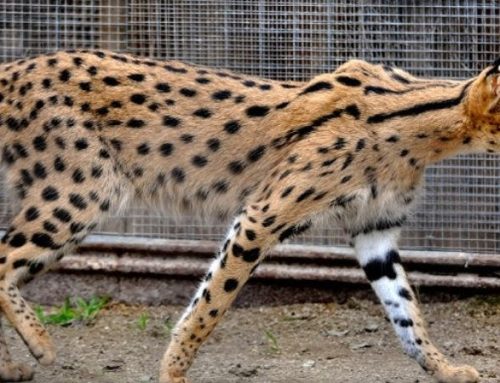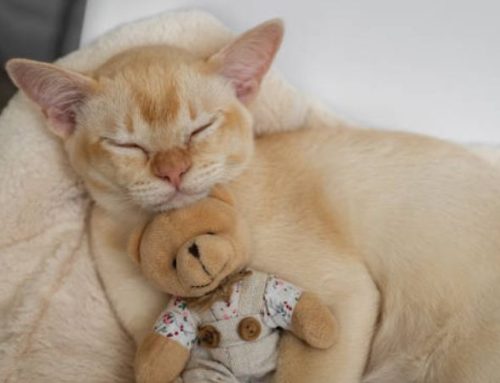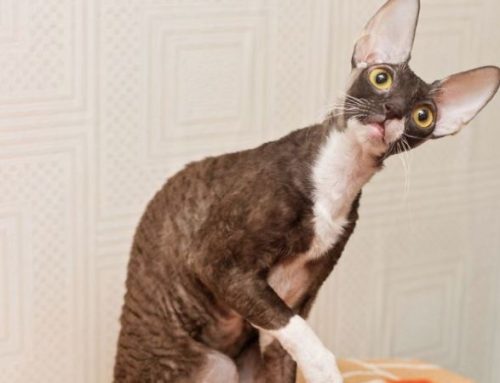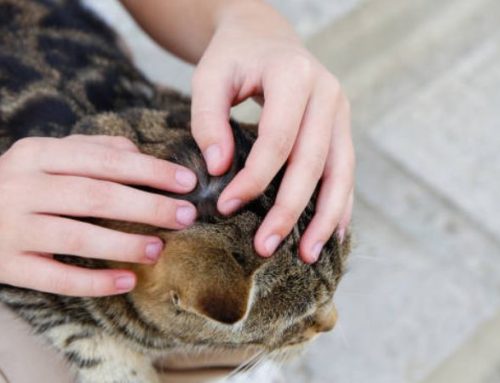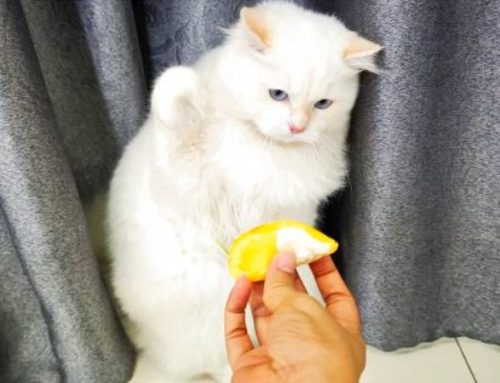Ever wondered how soon a cat can become pregnant after mating? The process may seem mysterious, but it follows a natural biological rhythm. From the moment of mating, a series of changes begins that can lead to a new litter of kittens.
Understanding this timeline can help cat owners prepare for each stage of pregnancy and care for their feline companions. In this section, Nexus-Pets explains exactly how long it takes for a cat to get pregnant after mating.
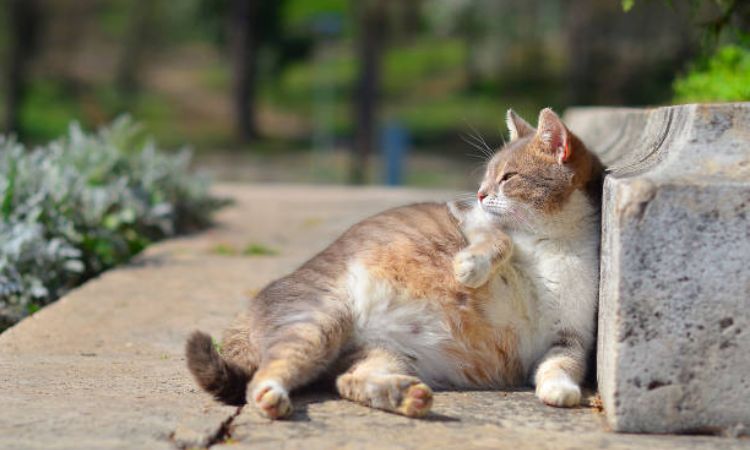
How Quickly Can a Cat Become Pregnant After Mating?
Cats are remarkable in how quickly pregnancy can begin once mating occurs. Female cats are induced ovulators, meaning that the act of mating itself triggers the release of eggs from the ovaries. Once mating occurs, eggs are typically released within 24 to 48 hours, at which point fertilization by sperm can take place.
Sperm play a crucial role in this process, as they are capable of surviving inside the female reproductive tract for several days. This means that even if fertilization doesn’t happen immediately, viable sperm are present to fertilize eggs once they are released. Because of this combination of induced ovulation and resilient sperm, a cat can become pregnant very quickly after mating—sometimes within just a day or two.
Understanding this rapid timeline highlights the importance of monitoring unspayed cats and reinforces why spaying is recommended for those not intended for breeding, to prevent unintended litters and reduce stress associated with repeated heat cycles.
The Cat Reproductive Cycle and Heat (Estrus)
What is the estrus cycle (“heat”) in cats
The estrus cycle, commonly referred to as “heat,” is the period during which a female cat (queen) is sexually receptive and can become pregnant. Cats are seasonally polyestrous, meaning they can go into heat multiple times during a breeding season, which typically occurs when daylight hours are longer. Estrus is the phase when behavioral and hormonal changes make the queen willing to mate. Unlike spontaneous ovulators (like dogs), cats are induced ovulators, meaning that ovulation is triggered by mating or similar physical stimulation, although spontaneous ovulation can sometimes occur.
Frequency and duration of heat cycles
Queens generally experience estrous cycles at intervals of 14 to 21 days, although the length can vary between individual cats and breeds. Indoor cats may cycle year-round, especially shorthair breeds such as Siamese, while longhair breeds like Persians are often more sensitive to daylight length and may show less frequent cycles. The average length of estrus is approximately 5 to 6 days, but it can range from 2 to 19 days depending on the queen and her environment. If mating does not occur, the cat will return to estrus after an interestrus period averaging 7 days, continuing this cycle until pregnancy, pseudopregnancy, or the end of the breeding season interrupts it.
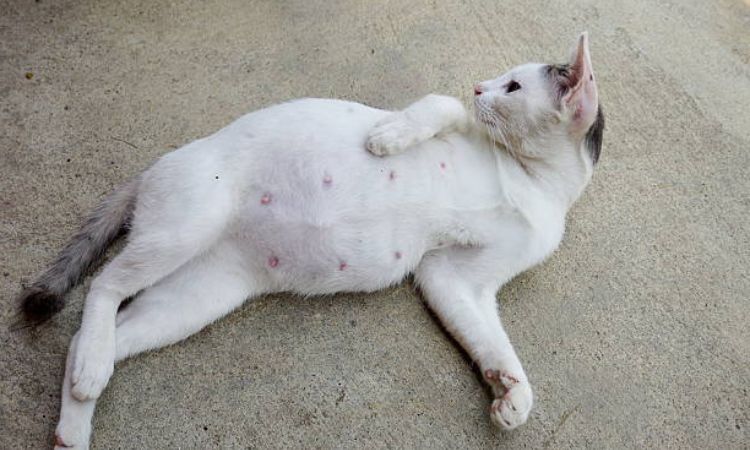
Signs a cat is in heat and ready to mate
During estrus, a queen exhibits several behavioral and physical signs indicating she is ready to mate:
- Body posture: Assumes a crouched stance with the front legs lowered, back arched (lordosis), and tail to one side to present the vulva.
- Vocalization: Increased calling or yowling to attract males.
- Affectionate behavior: Rubbing against objects or people more frequently, rolling on the floor, and seeking attention.
- Restlessness and appetite changes: May pace or show reduced appetite.
- Other behaviors: Thrashing, hyperactivity, or displaying unusual excitement when a male cat is nearby.
Recognizing these signs is essential for cat owners or breeders to understand when the queen is fertile and receptive, and to manage mating or prevent unwanted pregnancy.
Pregnancy Timeline in Cats
Typical Duration of Cat Pregnancy
The gestation period for cats typically lasts about 63–65 days (roughly nine weeks), although it can vary slightly between 60 to 70 days depending on factors such as the queen’s age, breed, and whether it’s her first litter. Early or late births are possible, similar to humans.
Stages of Pregnancy: Trimesters or Key Phases
Cat pregnancy can be divided into three trimesters or key developmental phases:
- First Trimester (Day 1–21)
- Begins with fertilization after mating and ovulation.
- Fertilized eggs travel to the uterus over the first 10–14 days.
- Early embryo development occurs, and the placenta starts forming to support nutrient and waste exchange.
- Second Trimester (Day 21–42)
- Organs of the embryos develop further.
- Physical changes in the queen start to become more noticeable, including mild weight gain.
- Behavioral changes may include increased affection and calmer demeanor.
- Third Trimester (Day 42–63+)
- Rapid growth of kittens.
- The queen’s abdomen enlarges noticeably, and nipples and breast tissue become swollen and pinker in preparation for nursing.
- Increased appetite to support the growing litter.
- Nesting behavior begins as the queen searches for a safe, comfortable place for delivery.
First Signs of Pregnancy After Fertilization
- Around 16–20 days post-fertilization, queens often exhibit “pinking up” of the nipples, where nipples become pinker and slightly enlarged.
- Subtle weight gain may be noticed.
- Some queens may show mild changes in behavior, such as being more affectionate or calmer than usual.
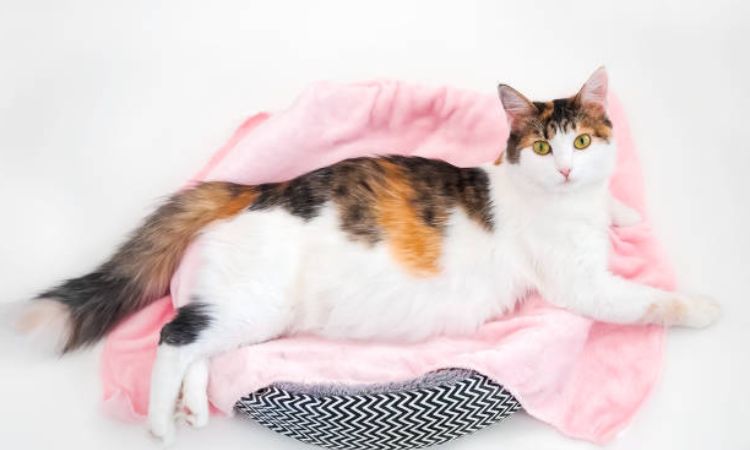
Physical and Behavioral Changes During Pregnancy
- Weight gain continues throughout pregnancy, especially in the later stages.
- Morning sickness or occasional vomiting can occur in early pregnancy.
- Abdominal enlargement becomes more pronounced by the third trimester.
- Breast development continues, preparing for lactation.
- Behavioral changes include increased grooming, seeking attention or affection, and nesting behaviors as the queen prepares for queening.
- Some queens may display quick bursts of energy or excitement in the late stage, known as “quickening,” as kittens move in the womb.
Understanding these stages and signs helps cat owners ensure the queen receives proper care, nutrition, and a safe environment to support a healthy pregnancy and delivery.
When it comes to a cat’s pregnancy, the actual process from mating to conception isn’t an instant one. While mating triggers ovulation, it can take up to two weeks for fertilization to occur and for the fertilized eggs to implant. Understanding this timeline is crucial for cat owners, whether you’re trying to prevent a litter or preparing to welcome new kittens. For any concerns about your cat’s reproductive health, the best course of action is always to consult with your veterinarian.


